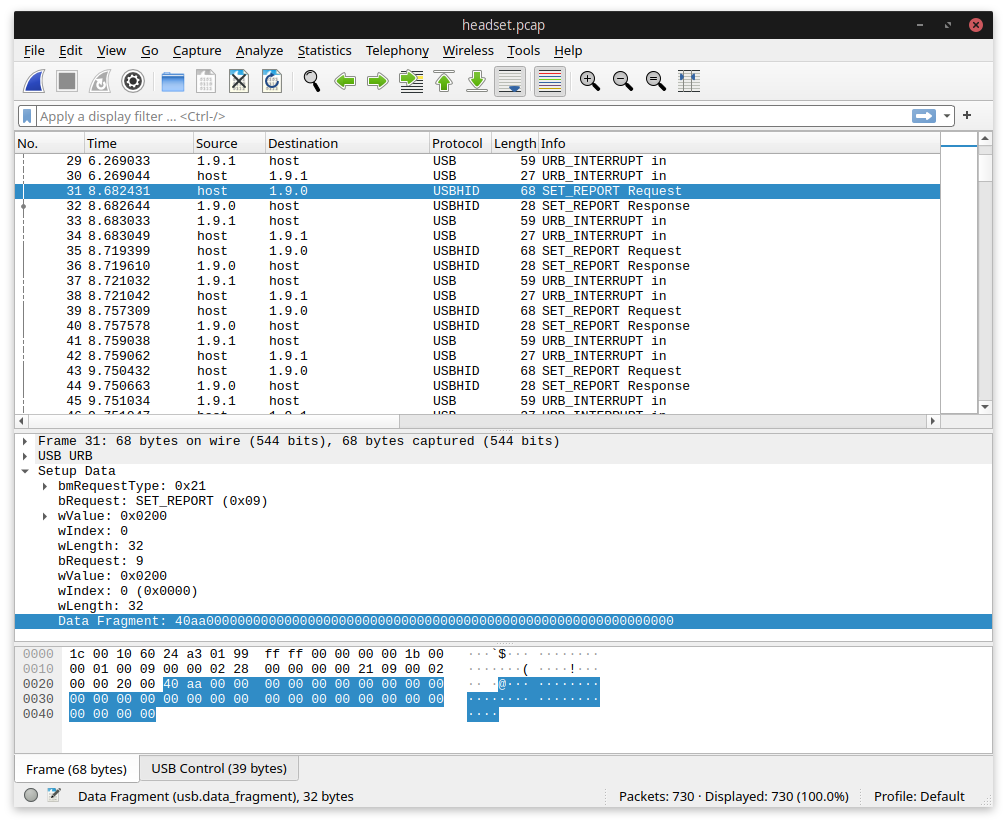

This allows us to find and view any connection made from our machine.Īfter getting Wireshark ready I will go to and start a speed test.

Finding the TCP stream in Wiresharkįirst of all lets open Wireshark and start sniffing. A few days ago I wrapped up a simple blogging script in Python so hopefully it works good enough to explain how everything works.īy now I have already figured out the whole protocol for performing a speed test but I will write all the steps that I took so you can learn how to reverse engineer a simple protocol.

Author: Gökberk Yaltıraklı Reverse Engineering the ProtocolĪfter finishing my command line speed tester written in Rust, I didn't have a proper blog to document this process.


 0 kommentar(er)
0 kommentar(er)
